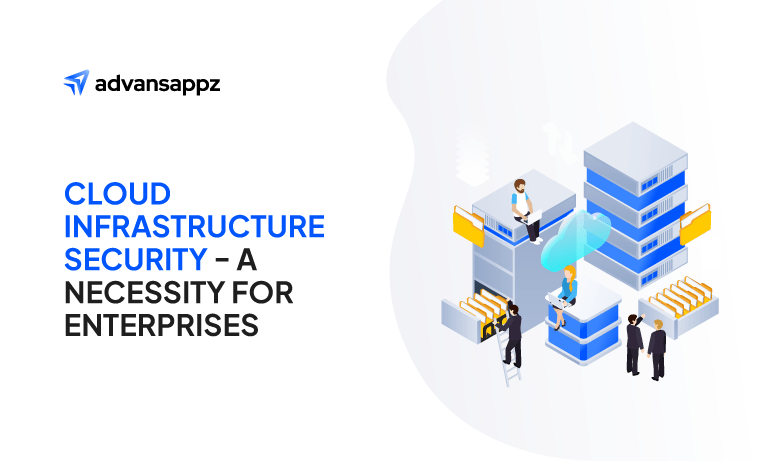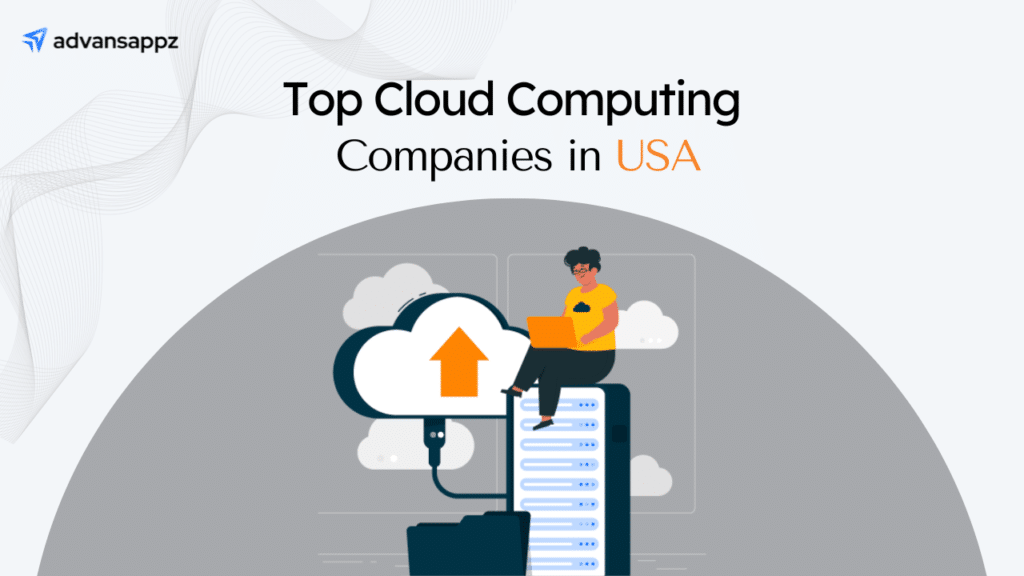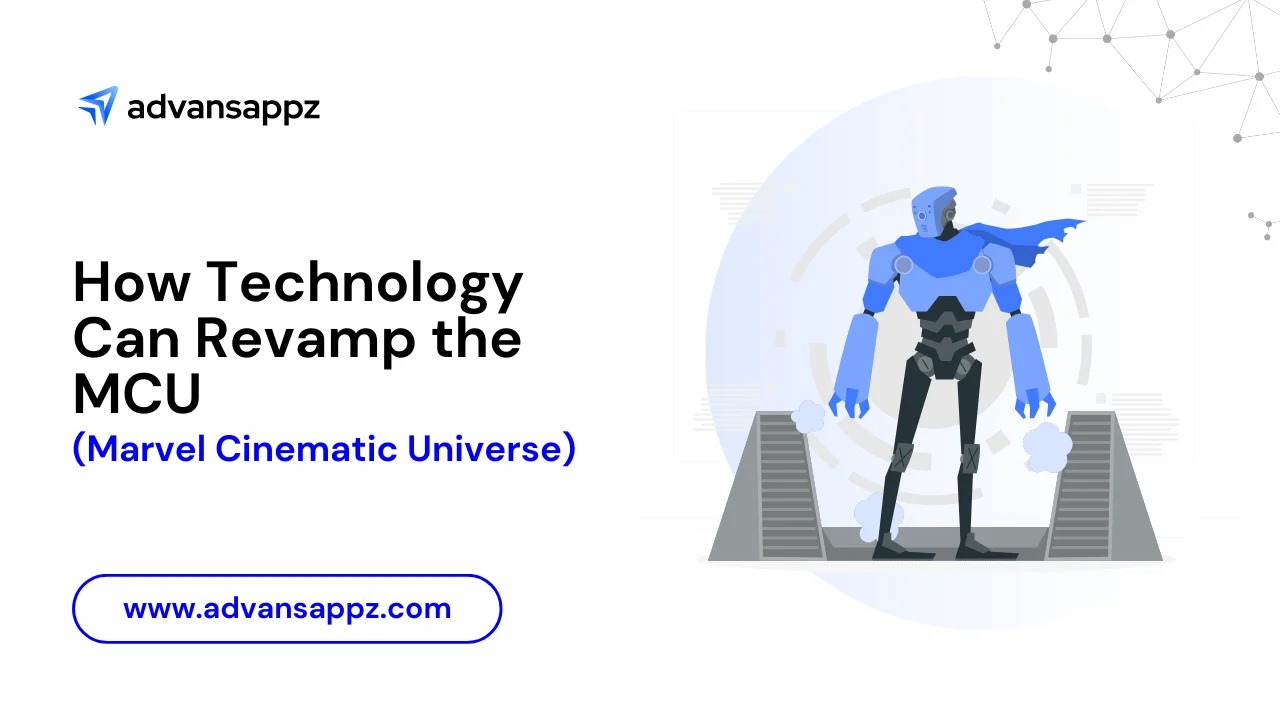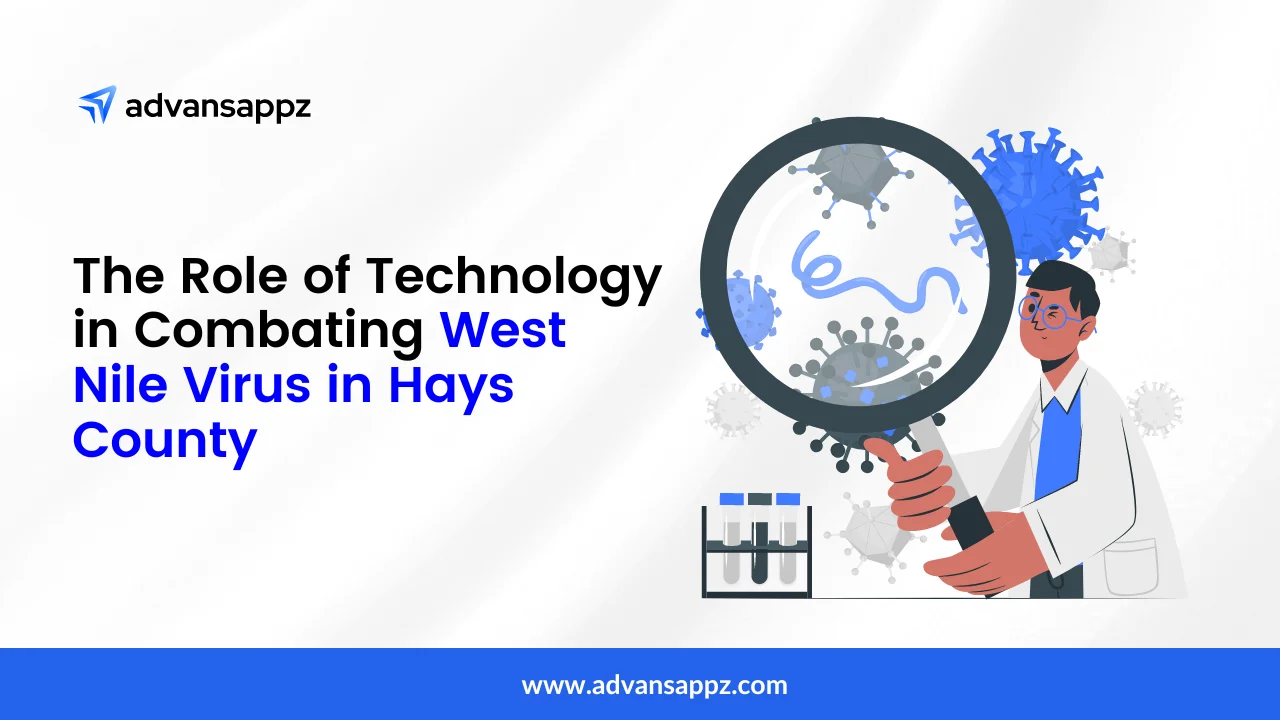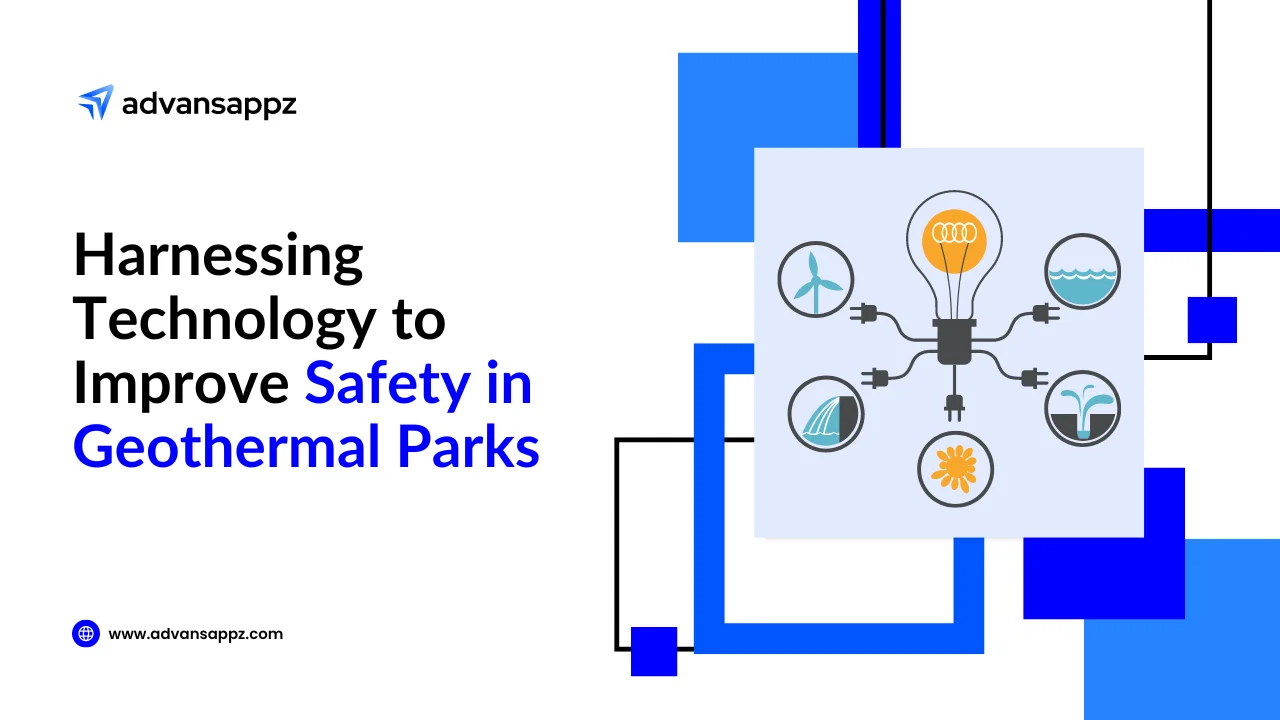SAP service activation is a crucial strategy for businesses aiming to maximize the benefits of SAP software. This approach undoubtedly streamlines operations and boosts efficiency by effectively utilizing SAP solutions.
It offers specialized tools and plans, guiding companies in implementing SAP technology with precision. Through well-structured planning and unique resources, SAP service activation accelerates the implementation of SAP solutions.
It falls within the thriving enterprise application market segment. According to Grand View Research, the global enterprise application market is projected to achieve a valuation of $250 billion by the year 2025. This underscores the promising opportunities ahead.
Additionally, SAP service activation improves teamwork. It does this by helping teams and departments work well together. It optimizes workflows and enables data-driven decision-making. In this article, we’ll delve into the significance and its wide-ranging benefits for businesses.
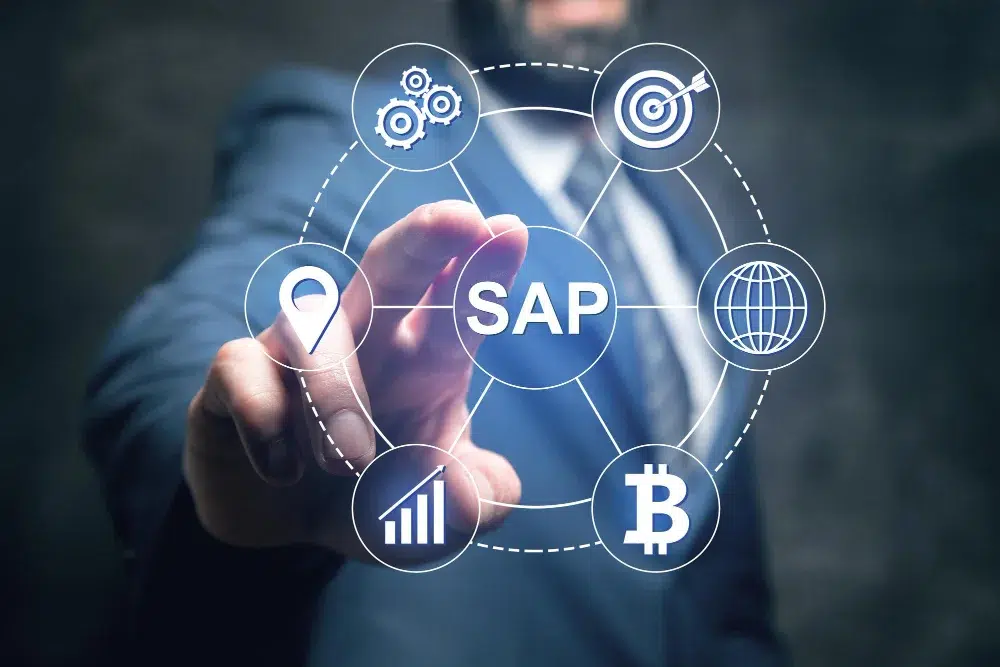
What is SAP Service Activation?
For those unfamiliar, SAP stands as a prominent software company renowned for its advanced ERP and cloud-based solutions. Over time, it has risen to become one of the leading players in the software industry. Among its flagship offerings, SAP S/4HANA boasts a subscriber base of approximately 20,000 users.
SAP Service Activation is the process of configuring and enabling SAP services. It involves setting up and starting SAP applications and modules. This lets companies use and benefit from SAP’s features such as the SAP cloud platform.
It is used to keep all registered services on the SAP Gateway server (hub system). It is also used to register, activate, and delete services. Finally, It is used to make usage easier.
Different SAP services are available, including
Core services: It is the essential services that are required to run SAP applications and modules. This includes services such as the SAP NetWeaver Application Server (AS), the SAP HANA database, and the SAP Enterprise Resource Planning (ERP) system.
On the other hand, additional services provide optional features and functionality that are not essential for running SAP applications and modules.
Additional services: They include SAP Business Warehouse and SAP Business Planning and Consolidation. Knowing the different types of SAP services available is important, businesses can select which services are most relevant to their needs.
A comprehensive understanding of the different types of SAP services is crucial for businesses. It enables them to make informed decisions about which services align best with their operational needs. Moreover, it also helps with strategic objectives.
Therefore, by selecting and activating the most relevant services, enterprises can optimize their workflows and streamline processes.

Why Do You Need SAP Service Activation?
SAP is transitioning from various versions of the ASAP 8 methodology and SAP Launch to the SAP Activate methodology. SAP Service Activation streamlines the process by establishing a smooth link between current tools.
This fosters swift comprehension and efficient use of tools by newcomers. Therefore, boosting productivity and integration into workflows.
It combines the Data Migration Cockpit, and iRPA bots to elevate automation. This method simplifies data transfer. Thus, ensuring precision while minimizing manual involvement.
Consequently, data migration tasks are simplified, freeing up resources for other crucial implementation priorities.
- SAP Activate methodology will replace ASAP 8 for the on-premise edition. This change will be supported in SAP S/4 HANA and SAP Business Suite (ERP, CRM, SRM, and more).
- For the cloud enterprise edition and project services edition, the SAP Activate methodology will replace SAP Launch. This transition supports implementations in SAP S/4 HANA and cloud editions (except the Cloud marketing edition). Moreover, It will also extend to SFSF, C4C, and Ariba by H2 2015.
- SAP Service Activation simplifies the process of onboarding by creating a seamless connection between existing tools. This facilitates a quick understanding and effective utilization of devices for newcomers.
- In the system activation phase, pre-configured technical bundles are employed to ensure smooth and efficient deployment. These bundles come with preset configurations that simplify implementation. Thus, resulting in a more streamlined operational setup.
Understanding the distinctions between these methodologies and SAP Activate is crucial.
SAP Activate offers enhancements over ASAP and Launch in the following areas:
- Built on SAP Best Practices.
- Streamlined project lifecycle with only 4 phases.
- Up to 10 critical deliverables per phase, ensuring more accessible access to essential guides and tools.
- Solution validation replaces blueprint activities.
- Agile implementation is the default approach.
SAP will continue providing access to the last version of the ASAP 8 methodology in the SAP Service Marketplace for teams currently using it. Going forward, no further updates will be made to ASAP 8 content. Therefore, New implementation methodology assets will be in the SAP Activate framework.
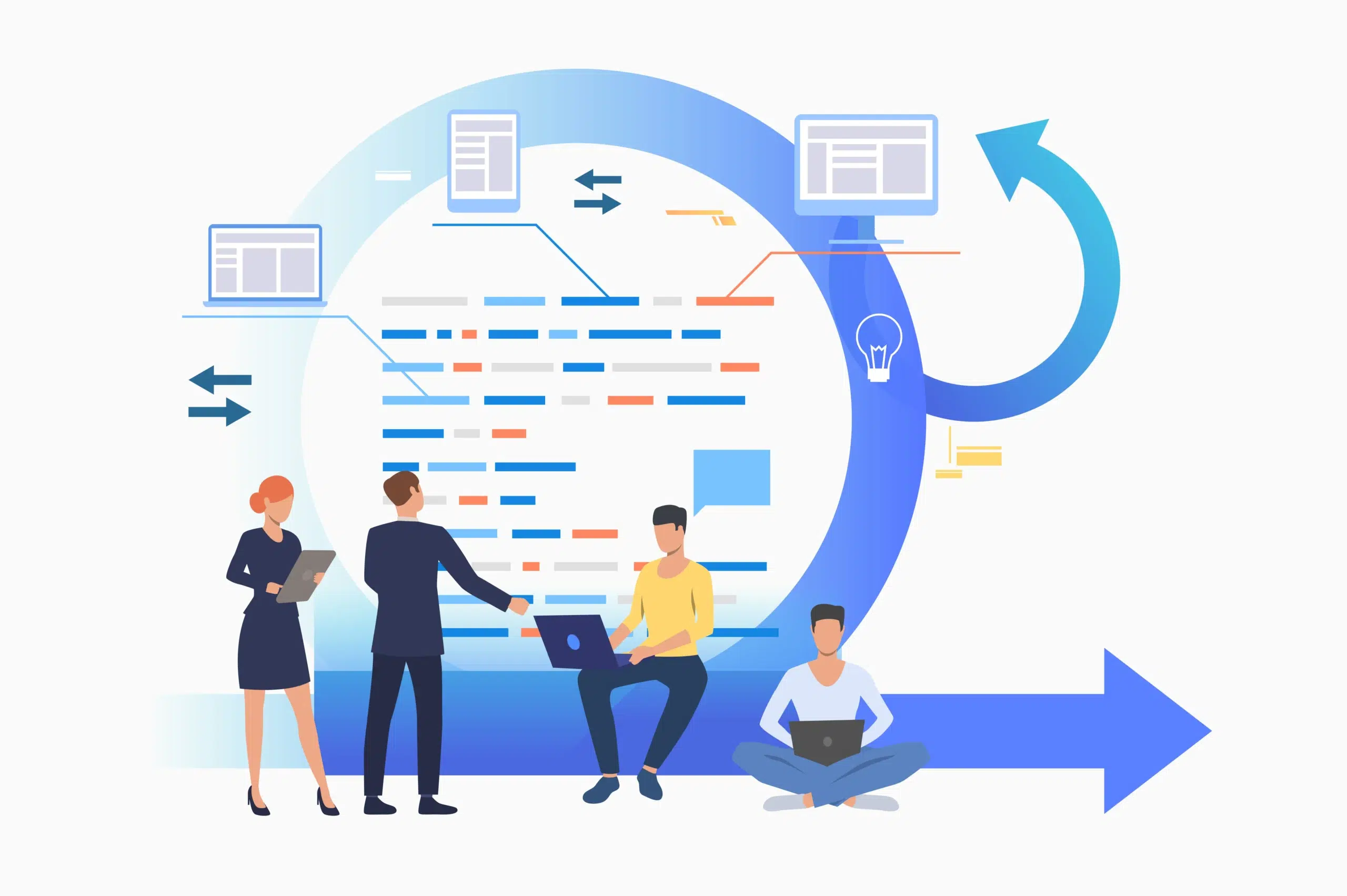
How to implement SAP Service Activation?
The methodology employed for SAP Service Activation’s implementation is structured into four distinct phases. To adhere to deployment schedules, several components have been developed to provide support:
SAP Service Activation Onboarding:
The onboarding process is optimized by establishing a straightforward and practical link between existing tools. This streamlined approach guarantees that individuals new to our system can swiftly become familiar with the tools.
Subsequently, it simplifies things and makes them user-friendly to speed up new people’s integration. Furthermore, It also helps them transition into the work environment more smoothly.
SAP Service System Activation
Efficiency in system activation is achieved through the utilization of pre-configured technical bundles. These bundles come pre-equipped with settings ready for immediate use. Therefore, they simplify the deployment of various system components.
Consequently, This streamlined approach reduces complexities and provides a more seamless and effective operational setup.
Therefore, by using these pre-configured resources, organizations can quickly establish a strong system. They can do so with confidence, ensuring the best functionality and easy integration into their workflows.
As a result, the entire process becomes more streamlined and resource-efficient, enabling teams to focus on innovation.
Business Configuration
SAP service activation goes through business configuration. The business configuration phase involves automating big setup changes. This is done by using the SAP Business Transformation Platform (BTP) and smart Robotic Process Automation (iRPA) bots.
This advanced automation approach helps in setting up diverse business elements. It leads to higher efficiency and accuracy. Likewise, It also reduces the need for manual interventions.
Thus, by using this automated strategy, organizations simplify their business processes. Furthermore, They also allocate resources better. This allows their teams to focus on more valuable tasks and innovation-driven initiatives.
Migration
The data migration stage has more automation. This is done by smoothly combining the Data Migration Cockpit and smart Robotic Process Automation (iRPA) bots.
This integrated approach optimizes data transfer from one system to another, ensuring accuracy and minimizing manual efforts. Thus, organizations can significantly reduce the complexity and time associated with data migration tasks by employing these automated tools.
The service’s scope is an initial foundation. Customers can add extra functions and locations to the provided system. In fact, the SAP Service Activation encompasses fundamental business processes, irrespective of business size or industry structure.

Enhancing Implementation Efficiency with SAP Service Activation
In the journey of SAP implementation, maximizing efficiency and optimizing processes are paramount. This is where SAP Service Activation automation steps in as a crucial component. Therefore, by streamlining its processes, businesses can ensure a smooth transition and efficient utilization of SAP solutions.
Streamlining SAP Service Activation Processes
Implementing a structured approach simplifies the setup of SAP services. It means organizing the steps needed to configure and enable these services in a clear and efficient manner.
Hence, by doing so, businesses can make sure that their SAP applications and modules work smoothly and effectively. Moreover, This involves making sure that the process of activating SAP services is straightforward and optimized.
Leveraging SAP Service Activation for Seamless Integration
Smooth integration of SAP solutions is crucial for ensuring that they fit seamlessly into existing workflows. It involves making sure that SAP software works well with other systems and processes already in place.
Thus, by ensuring smooth integration, companies can avoid disruptions. Moreover, it enhances collaboration across different teams and departments.
Empowering Business Transformation through SAP Service Activation
Accelerating the adoption of SAP technology is vital for driving organizational change. It means making sure that employees understand and embrace the new tools.
Therefore, by providing comprehensive training and support, companies can help employees transition smoothly to using SAP solutions.
Realizing Business Value with SAP Service Activation
Driving data-driven decision-making is crucial for maximizing the value of SAP software. It means using data to inform strategic decisions and optimize workflows.
Analyzing SAP data helps businesses find improvement opportunities. Therefore, it helps in making informed decisions for success.
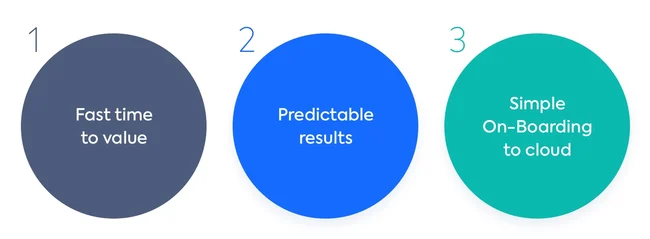
Three Pillars of SAP Service Activation
The Three Pillars of SAP Service Activation software form the foundation for unlocking actionable insights. Let’s look at them in detail.
SAP Best Practices
SAP Best Practices offer standardized, pre-configured solutions for diverse industries to implement SAP solutions efficiently. Drawing from over 40 years of experience, SAP has refined these practices for seamless deployment.
In fact, when adopting SAP, companies gain the system and a wealth of proven processes. These practices encompass configurations, standard processes, and comprehensive SAP Best Practices Explorer documentation.
SAP Service Activation combines these practices with Guided configurations and the Activate methodology. Thus, it results in streamlining implementation, reducing risk, and saving costs.
Guided Configurations
The second pillar of SAP service activation is Guided Configuration. It is a toolkit designed for easy setup of SAP systems and business processes. It includes self-service options for custom requirements.
As a result, it ensures smooth transitions without disrupting existing configurations. The SAP roadmap viewer helps identify the relevant Activate roadmap for specific SAP solutions. It offers 15 roadmaps for diverse implementations.
Finally, SAP Store offers solutions like LeanIX EAM, integrated with SAP Signavio, to facilitate transitions.
SAP Activate Methodology
Finally, the third pillar of the SAP Activate Framework is its methodology. The SAP Activate methodology is a project implementation guide for intricate SAP solutions. Rooted in Agile principles, it adopts an iterative approach to enhance processes continuously.
By establishing the suitable implementation roadmap, this methodology unfolds in 6 distinct phases. This includes Discover, Prepare, Explore, Realize, Deploy, and Run.
Moreover, SAP teams and consultants navigate these phases of the SAP Activate methodology to address business challenges. Each stage steers users through the SAP implementation journey. Hence, facilitating the identification of tailored solutions for precise business requirements.

Advantages of SAP Service Activation
According to some studies, almost 50% of the organization’s data is used for decision-making. This shows the growing importance of data-driven decision-making.
The Advantages of SAP Service Activation offer businesses a competitive edge in decision-making. Let’s understand sap activation service benefits of sap:
Accelerated Time to Market
Organizations can significantly reduce the time needed to achieve value from their implementation projects. They can do so by incorporating accelerators, embracing flexibility, and adopting specialized approaches.
Consequently, these elements streamline processes, allowing businesses to swiftly bring their solutions to market and seize opportunities. The integration of accelerators not only expedites project timelines but also enhances overall efficiency. As a result, it enables organizations to stay competitive in dynamic markets.
Furthermore, they swiftly respond to changing demands.
For Example:- By implementing SAP Service Activation, a manufacturing company can reduce the time needed to launch a new product line. They can incorporate accelerators such as pre-built templates and streamlined processes. Therefore, allowing them to seize market opportunities faster.
Instant Value with Proven Models
This elevates their value proposition and gives them immediate advantages. Businesses do not need to delve into aspects that might not bring clear value right away.
This strategy taps into proven models that have yielded successful results, enabling organizations to fast-track their benefits realization. Thus, by leveraging these tried-and-tested approaches, businesses can efficiently capitalize on existing knowledge and experience.
Ultimately focusing on high-impact actions that drive rapid and tangible value.
For Example:- A retail business can integrate SAP Service Activation to optimize its inventory management. Therefore, by leveraging proven models for demand forecasting and supply chain optimization, they can immediately reduce stockouts. Furthermore, they can improve inventory turnover and enhance their value proposition to customers.
SAP Service Activation facilitates Smooth Transition Paths
Delving into the core implementation scenarios has two purposes. It reduces the risks tied to poorly done adjustments. Likewise, It empowers the team to channel their expertise toward their strengths.
This focus helps the team to put their energy into delivering the exact software clients need. Organizations can confidently navigate potential challenges. They can do this by ensuring a smooth transition path. This allows them to allocate resources strategically.
For Example:- A healthcare organization can implement SAP Service Activation for a new electronic health records system. By focusing on core implementation scenarios and ensuring a smooth transition path, they minimized disruptions to patient care during the migration process. Thus, ensuring a seamless transition for staff and patients alike.
SAP Service Activation offers Optimal Tools.
The methodology capitalizes on years of SAP experience crafting technological tools. It applies to diverse scenarios. These include On-premise settings, Cloud environments, migration, consolidation, and new deployments.
Companies can strategically select tools tailored to each specific scenario’s unique requirements. This approach shows the adaptability of the method. Furthermore, It also equips organizations with the exact tools needed to navigate different implementations.
For Example:- A financial services firm can utilize SAP Service Activation for a cloud migration project. They can strategically select tools tailored to their specific requirements, such as data migration tools for transferring sensitive financial data securely to the cloud. This approach maximized efficiency and minimized risks during the migration process.
Also check: Best practices for Mulesoft SAP integration
Final Words
In Conclusion, SAP Service Activation plays a pivotal role in optimizing SAP solution implementation. Moreover, It provides a comprehensive toolkit that accelerates processes and reduces manual efforts. It also enhances operational efficiency.
It is a crucial implementation guide for SAP customers, consultants, and project managers to execute implementation projects effectively. The SAP community and SAP-endorsed apps provide valuable feedback to improve processes and methodologies.
As an expert, advansappz provides customized tools to tackle complex implementation issues. Moreover, advansappz helps in seamless integration with SAP for optimized data migration.
Therefore, by partnering with endorsed applications like LeanIX’s EAM, project managers and architects can gain valuable insights. Which further enhances the range of tools available. This collaboration strengthens the SAP Activate Framework, enabling smoother transitions and quicker deployments of SAP solutions.
The framework and advansappz’s tools work together. They let businesses take a full approach to implementation. Thus, it lets them align technology with their business goals and drive success.
Also Read:- Top Cloud Computing Companies in the USA
Frequently Asked Questions
What is sap service activation?
SAP Service Activation refers to the process of enabling and configuring specific services or features within the SAP. This is performed to meet the needs of an organization or user. It involves setting up and customizing SAP functionalities to support business processes.
What is sap service activation letter?
An SAP Service Activation Letter is a formal document provided by SAP to confirm the activation of a specific service or product. This letter outlines the terms and conditions of use.
What is sap service activation mail?
An SAP service mail is an email notification sent by SAP. This mail informs users or administrators that a specific service or feature within their SAP system has been activated or configured. It typically includes details about the activation, instructions, and relevant information.
Is sap service activation legit?
SAP offers a legitimate process for activating and using its software services. However, users should exercise caution regarding potential scams or unauthorized sources claiming to offer SAP services.
How do I activate a service in SAP?
To activate a service in SAP, first, navigate to the appropriate transaction or menu path within the SAP system. Then, locate the specific service you wish to activate and follow the prompts to enable it. Ensure you have the necessary permissions to perform service activation tasks within your SAP environment.

